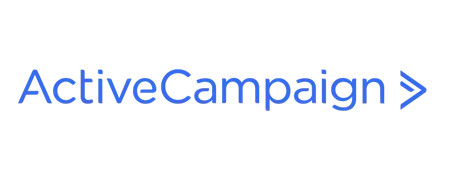Today we’re going to try and answer an age-old question across all industries: How much energy should coaches put into acquiring new clients compared to retaining existing ones? How do you strike a balance between growing your business and creating client loyalty?
As a coach this question becomes more difficult. You only have so much time and budget. Your schedule can only scale so much before it’s full, but if you don’t stay ready to acquire new clients, a cancellation or the end of a contract could see your income dip. It’s a tough balance to strike for any small business owner, but the demand on your time for each client is greater than most.
The Numbers Tell a Straightforward Story
But putting it into practice is far from simple.
Put in general terms, acquisition costs five times more than retention. Keeping a client is much easier than making a sale. It might be tempting to use those numbers as a guide for how you should spend your money: it takes more to acquire, so allot a larger portion of your budget and attention to marketing. But, as intuitive as this may seem, it’s not the best approach.
I would argue that what you actually need is closer to an inverse distribution of time. Why wouldn’t you focus on the less costly, more stable business practice? Keeping a client with you by spending extra time with them is worth a lot more than having to fill their gap with someone new.
And yet you can’t ignore marketing either. It eats up a disproportionate amount of time. So how do you find the kind of balance in business that you train in the bodies and minds of your clients?
Make Retention Your Priority
You should be thinking about your existing clients more than taking on new business. But that doesn’t mean you have to spend exhaustive amounts of time on each individual. There are a few basic process that you can implement that are quick, easy, but demonstrate that you’re putting in the thought.
Remember that happy clients are their own form of marketing! Money spent keeping them happy is money spent securing future sales. And word of mouth from a good client experience is excellent social proof to help take on new ones.
-
Personalization
Whenever you can, find ways to personalize a client’s experience. Remember that no form of communication is impersonal, so try spicing up even standard interactions like payment with a customized touch. Personalize your invoices for both you and the client. Make sure it’s pleasantly designed, with your branding and an inspirational message. Address the client by name, and use a comments section to go over some highlights of your work together. Maybe remind them of their progress toward their own personal goals. Using an invoice this way makes it part of the ongoing conversation and invites the client back.
-
Highlight Return on Investment
Most savvy customers these days are looking for tangible returns on the time and money they invest in any given project. This applies to all sorts of things. When considering upgrades to a home, one of the first things people ask about is how much of the value they’ll get back when they sell — what the financial return on the home improvement will be. This sort of thinking applies to long-term projects as well as expensive ones. Coaching is the kind of long-term project where tangible results, or returns on investment, are expected by clients. After all, they’re putting a lot of energy and money into it.
Personal development, however, is not a steady upward slope. People plateau; they have lapses in progress and sometimes in commitment to what they’re doing. Without financial returns to look to, it’s a good idea for you to keep track of a client’s progress and update them regularly. Physical or lifestyle returns are more difficult to quantify, but it can be done. If you take the initiative to track and present a client’s progress, you can build a story about your journey together. The sense of progress, plus the personal connection, are powerful tools to keep a client motivated.
Schedule regular check-ups, think about how you help your clients visualize their past as well as their future. Build a story about where they came from, what they invested, and what returns they’re seeing now. Investing in tracking a client’s history with you takes some extra work initially, but having access to that data is only going to make your life easier down the road.
If someone does see a decline or pause in progress, don’t sugarcoat. Level with them and start to investigate the problem. Is it in their approach, or yours? Talk to them about how you’re going to change your own coaching style to fit their needs. An ethical, truthful approach fosters trust and increases the chances that the client will want to keep working with you.
You should by no means ignore marketing, a strong online and industry presence, and the acquisition of new clients. But in terms of the growth and long-term viability of your business, it makes sense to focus on fostering trusting relationships and loyalty with your clients first.
Take our Free "Authentic" Marketing Course for Coaches
Designed for endurance sport coaches. Marketing doesn't need to be pushy. The best marketing simply creates a win-win relationship between you and your customers. Take the simple 6 part course to learn more.













